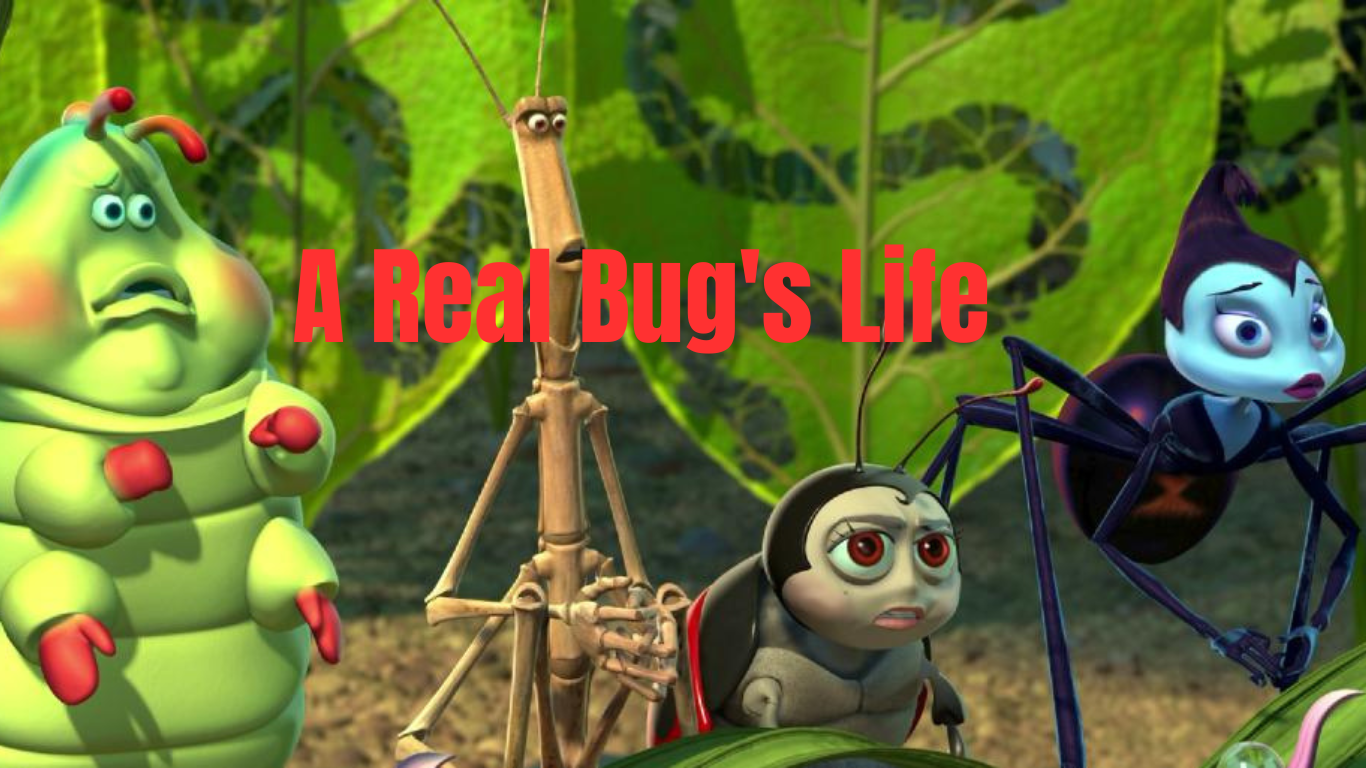Pixar’s 1998 blockbuster, “A Bug’s Life,” enchanted audiences with CGI ants on the big screen. Fast forward to today, and National Geographic’s latest docu-series, “A Real Bug’s Life,” flips the script by transforming insects into giants within the confines of our homes. While the technology used to film these critters is cutting-edge, the show, like its animated predecessor, delves into their world and adventures in unprecedented ways.
Exploring Diverse Habitats
“A Real Bug’s Life” breaks away from the typical portrayal of insects in remote habitats. The series takes viewers on a journey through arid desert plains, tropical jungles, bustling urban landscapes, a rural farm in the UK, and even the familiar backyard. Innovative techniques provide fresh perspectives on these diverse environments, as Nathan Small, a self-shooting Producer/Director on the show, emphasizes the uniqueness of its look and feel.
Also Read : MONDAY MADNESS on Wall Street! Dow Hits All-Time Highs, Shocking Moves by Macy’s and SolarEdge!
A Cinematic Lens Revolution (A Real Bug’s Life)
The series kicks off in New York City, following the escapades of an endearing jumping spider. Small introduces a game-changing tool—the Laowa probe lens, priced at $1,600. This unconventional lens, with its 24mm focal length, offers a deeper depth of field, capturing intricate details without sacrificing context or setting. The result is a distinctive, cartoony, and vibrant visual experience, as showcased in the series’ New York City episode.
Illuminating Innovation in Lighting
Small sheds light on how technological advancements enhance the show’s quality. The shift from traditional film lights to LED lights ensures ample illumination without subjecting the insects to excessive heat. This allows the creatures to behave naturally, creating more captivating scenes for viewers.
Also read : Exclusive Peek into Nayanthara’s Adorable Mommy Moments & Stylish Family
The Robot Behind the Lens
A major game-changer is Small’s custom-built motion control rig—a sophisticated robot that replaces traditional camera operation. This meticulously engineered rig enables precise control, eliminating shakes and wobbles that would be magnified at the micro scale. The result is dynamic macro footage that pushes the boundaries of traditional filming techniques.
The Art of Patience
While technology plays a pivotal role, certain moments require human finesse. Small shares the demanding process of capturing rare scenes, such as an elephant hawk-moth emerging from its chrysalis, which demanded days of vigilance and dedication.
Also Read : Amazon Web Services (AWS) Unveils Ambitious $15.5 Billion Investment to Expand Cloud Presence in Japan
Accessible Technology for Enthusiasts
For aspiring wildlife photographers on a budget, Small encourages leveraging today’s consumer products, highlighting the improved capabilities in low-light conditions. Higher ISO settings and advanced apertures contribute to cleaner images, and Small recommends specific camera systems based on preferences, such as Olympus for close-up macro photography and Canon for bird enthusiasts.







Pingback: Celebrating the First Anniversary: Athiya Shetty and KL Rahul's Milestone - 24X7media.com